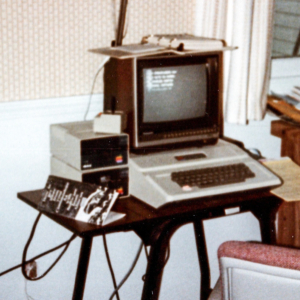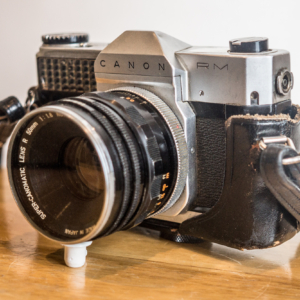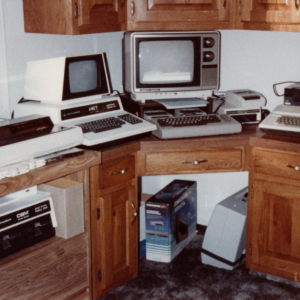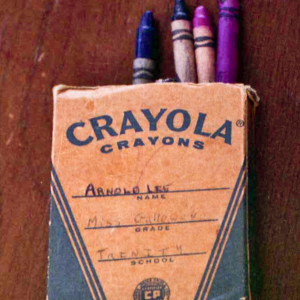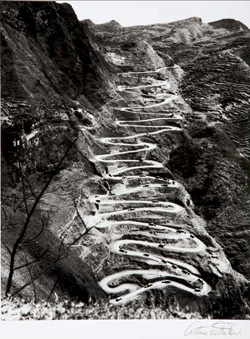Online Magazine
Recent Posts
- Safeguard your Cellphone Photos
- Black & White to Color – Instantly
- Wearing Many Hats
- Video Roundup
- Rescuing Your Blurry Pictures
- Showing Their Age
- What is Your Angle?
- Panorama Photos
- Humorous Photos
- Close Ups
- Fisheye Pictures
- Photo Antiquities
- Printing Big
- Appreciating Scale
- Celebrity Sightings
Tags
More Places to Go
- Free "How-To" Books “How To” books for popular cameras 0
- Vist Us on Facebook keep in touch with us on Facebook 2
Archives
- July 2023 (1)
- March 2023 (2)
- February 2023 (1)
- December 2022 (1)
- October 2022 (1)
- September 2022 (8)
- August 2022 (9)
- July 2022 (1)
- June 2022 (1)
- June 2021 (1)
- May 2021 (1)
- March 2021 (5)
- February 2021 (4)
- January 2021 (2)
- April 2019 (1)
- March 2019 (1)
- February 2019 (1)
- October 2018 (2)
- April 2018 (1)
- March 2018 (4)
- February 2018 (1)
- November 2017 (1)
- August 2017 (1)
- June 2017 (1)
- April 2017 (1)
- March 2017 (5)
- February 2017 (2)
- January 2017 (1)
- October 2016 (1)
- September 2016 (1)
- August 2016 (1)
- July 2016 (1)
- May 2016 (1)
- April 2016 (1)
- March 2016 (2)
- February 2016 (1)
- January 2016 (2)
- December 2015 (1)
- November 2015 (1)
- October 2015 (3)
- April 2015 (1)
- March 2015 (5)
- February 2015 (1)
- January 2015 (4)
- December 2014 (2)
- November 2014 (5)
- October 2014 (2)
- September 2014 (1)
- August 2014 (2)
- July 2014 (1)
- May 2014 (1)
- April 2014 (5)
- March 2014 (5)
- December 2013 (2)
- November 2013 (18)
- October 2013 (1)
- September 2013 (1)
- August 2013 (1)
- July 2013 (1)
- June 2013 (3)
- May 2013 (1)
- April 2013 (2)
- March 2013 (1)
- February 2013 (1)
- January 2013 (1)
- December 2012 (1)
- November 2012 (2)
- October 2012 (2)
- September 2012 (5)
- August 2012 (2)
- July 2012 (1)
- June 2012 (1)
- May 2012 (1)
- April 2012 (4)
- March 2012 (1)
- February 2012 (1)
- January 2012 (3)
- December 2011 (1)
- November 2011 (3)
- October 2011 (1)
- September 2011 (2)
- August 2011 (2)
- June 2011 (3)
- May 2011 (4)
- April 2011 (8)
- March 2011 (8)
- February 2011 (10)
- January 2011 (6)
- December 2010 (11)
- November 2010 (14)
- October 2010 (6)
- September 2010 (12)
- August 2010 (2)
- July 2010 (4)
- June 2010 (3)
- May 2010 (1)
- April 2010 (1)
- March 2010 (2)
- February 2010 (1)
- January 2010 (1)
- December 2009 (1)
- November 2009 (2)
- October 2009 (2)
- September 2009 (1)
- August 2009 (3)
- July 2009 (2)
- June 2009 (1)
- May 2009 (2)
- April 2009 (1)
- March 2009 (2)
- February 2009 (1)
- January 2009 (3)
Showing Their Age
27th October 2022
Old Photos In My Collection
You may already know that I have quite a large collection of photographs. The overwhelming number of them are photos that I have taken over the many years that I’ve been a fan of photography. My personal photos start about 1960 making them about 60 years old.
Additionally I have a few hundred photos that I’ve been archiving for relatives. A large proportion are older – many dating back to the early 1900’s. A few are one hundred years old.
Below are some of these photographs that I’d like to share. Not all of them are ancient but they represent items or events that should harken you back to an earlier era.
Take a few minutes and go through your collection of photographs. You may unlock some of those nostalgic memories.
About this Photo – an Army Story
29th April 2012
Dad and World War II
This article is the another in a series of articles that I’ve called “About this photo” to draw attention to a few of those memorable photos that may be hiding in a shoebox or on your hard drive.
Shortly after World War II broke out, a group of U.S. military recruiters visited New York City’s Chinatown. They were forming an all-Chinese battalion to serve in the China, Burma, India theater. Dad was among the hundreds of recruits who volunteered (including three other men who would later become his brothers-in-law after the war).
Of course, Dad told us many stories about his early life. One of his stories took place during their advanced training at Camp Crowder, Missouri. Tired of eating the army-supplied mess, he and a few of the soldiers went into the nearby town to buy fresh poultry and groceries to prepare their own meals. Some of the townspeople were taken aback by these Chinese soldiers marching into town – they thought they were being invaded by the Japanese!
Soon they traveled by train to the West Coast for deployment to the Asian front. Dad said that the military was experimenting with a new transportation method. Instead of sending groups of ships in convoys, they were using unescorted liberty ships to stealthily avoid the Japanese navy. Their battalion was placed on one of three liberty ships which would leave Wilmington, CA bound for Calcutta, India a few days apart. Dad was on the second ship, the SS David Gaillard. As it turned out, the first and third ship were torpedoed by Japanese submarines and never made it to India.
This short story illustrates the reason that photographs matter to me. These two photos are valued keepsakes.
There’s a wonderful story behind many photographs. It’s not just the image, it’s the memories and emotions that accompany the image that matter.
To see Arthur Rothstein’s work, please visit his archives.
Written by Arnie Lee
